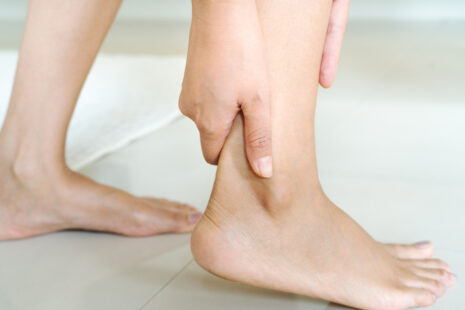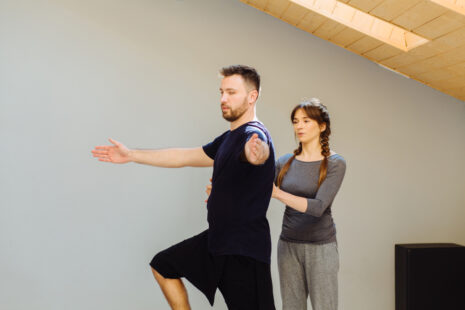If you have experienced an injury to your anterior cruciate ligament (ACL), it is generally advised to avoid excessive knee bending during the early stages of the injury until you receive proper medical evaluation and treatment. The ACL is an important ligament that helps stabilize the knee, and excessive bending or twisting of the knee after an injury can cause further damage to the torn ligament and potentially result in additional injuries.
In the immediate aftermath of an ACL injury, it is essential to follow the RICE protocol…
- Rest – Avoid putting weight on the injured knee to prevent further damage.
- Ice – Apply ice to the injured knee for 15-20 minutes every few hours to reduce swelling and inflammation.
- Compression – Use a compression bandage to help control swelling and support the injured knee.
- Elevation – Keep the injured knee above heart level whenever possible to reduce swelling.
Seek medical attention promptly after an ACL injury for an accurate diagnosis and appropriate treatment. The treatment options for an ACL injury may include…
- Nonsurgical treatment – In some cases, nonsurgical approaches such as physical therapy and rehabilitation exercises may be recommended to restore knee function and stability.
- Surgical ACL reconstruction – For athletes or individuals with more severe ACL tears or high activity levels, surgical reconstruction may be advised to reconstruct the torn ligament using a graft from another part of the body or a donor source.
After appropriate treatment, including surgery if necessary, your healthcare provider or physical therapist will guide you through recovery. Bending the knee will likely be a part of your rehabilitation program, as regaining the knee’s range of motion is essential for a successful recovery.
Physical therapy exercises will focus on gradually increasing knee flexion (bending) and extension (straightening) while restoring strength and stability in the knee. Perform these exercises under the guidance of a qualified healthcare professional to avoid re-injury and promote proper healing.




